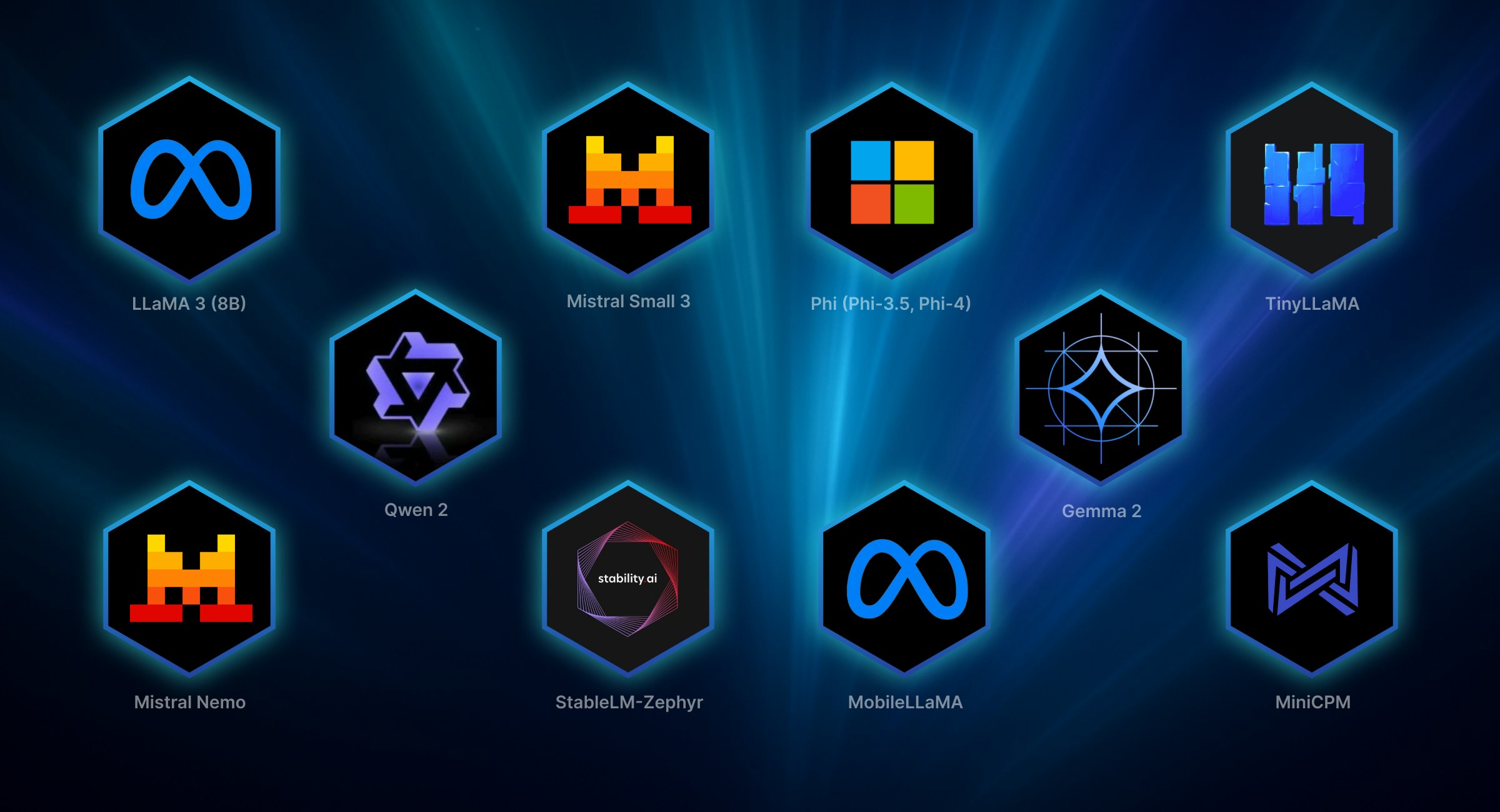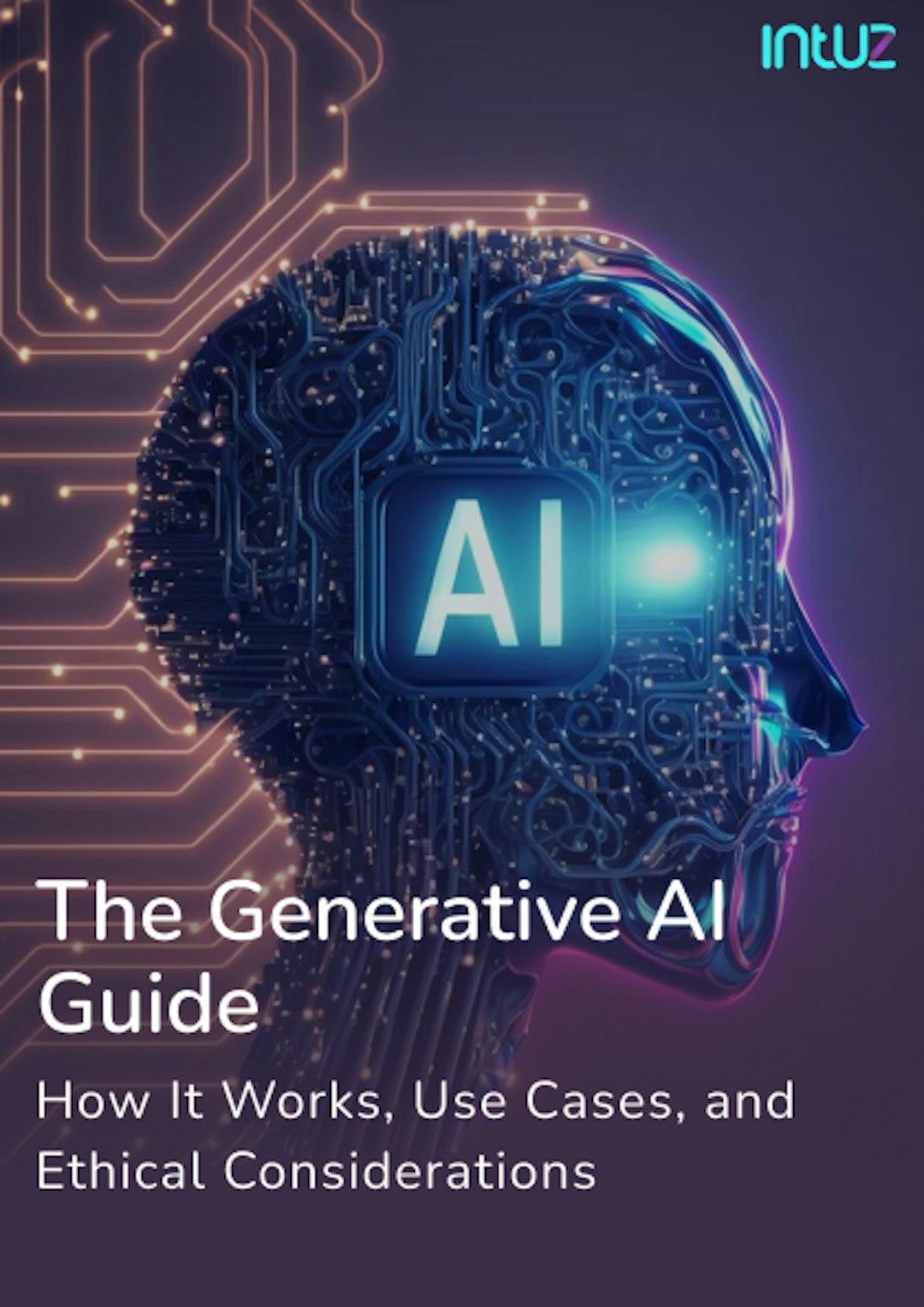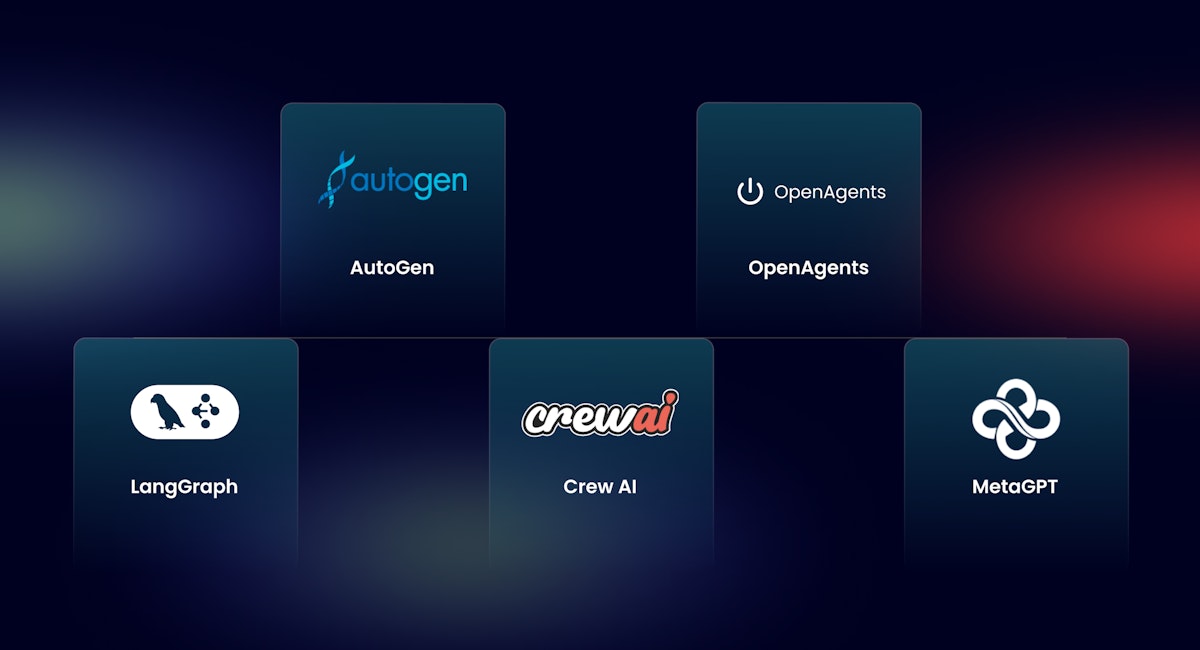Table of Content
Large Language Models (LLMs) have opened the door to powerful AI apps, from advanced content generation to natural conversations. However, running these models for many small and mid-sized businesses (SMBs) comes with a heavy price.
For starters, infrastructure costs alone can be significant. Fine-tuning or hosting models like GPT-4 or Claude 3 demand robust cloud environments, large graphics processing units (GPUs) memory, and constant optimization.
In addition, the cost of APIs, latency during inference, data privacy concerns, and LLMs can make SMBs feel out of reach. That’s where Small Language Models (SLMs) can make a massive difference. They offer:
- Faster inference speeds, ideal for real-time user interactions
- Lower cost of deployment (especially on-prem or edge devices)
- Improved data control and privacy, with many models running locally
- Simpler integration, especially for AI features inside SaaS, web, or mobile products
At Intuz, we help SMBs find and deploy the right SLM for optimizing supply chain operations, personalizing customer experiences, or enhancing financial forecasting.
In this blog, we’ll walk through 10 of the best small language models in 2025: what they do well, where they work best, and how they can help you. Let’s get started.
Top 15 AI Software Development Companies in USA
Explore NowLLMs VS SLMs Complete Business Comparison
| Factor | LLMs (Large Language Models) | SLMs (Small Language Models) |
|---|---|---|
| Infrastructure Cost | High (requires GPUs or cloud credits) | Low (runs on local devices, edge, or CPU-only servers) |
| Inference Speed | Slower, higher latency | Faster, near real-time responses |
| Deployment Flexibility | Mostly cloud-based | Cloud+ Edge + On-device |
| Privacy & Data Control | Lower (data passes through cloud) | Higher (can run fully offline or on-premise) |
| Best for Use Cases | Complex reasoning, long documents | Task bots, chatbots, summarization, embedded Al |
| Monthly Operational Cost | $$$ (cloud compute, storage, APIs) | $ (can run on commodity hardware or local server) |
| Fine-tuning Needs | High effort, expensive | Easy to fine-tune on small datasets |
| Startup Time/ Cold Start | Slower, heavy loading | Instant start, low memory footprint |
| Model Size (Parameters) | 65B+ (e.g., GPT-4, Claude 3) | 0.5B-7B (e.g., Phi-3, Mistral, Gemma) |
| Open-source Availability | Limited | Widely available (many open models) |
| SMB Fit | Overkill for most SMB use... | Purpose-built for resource... |
Top 10 Small Language Models in 2025
1. LLaMA 3 (8B)
LLaMA 3 (8B) by Meta is an open-weight, instruction-tuned model optimized for dialogue and real-world language generation tasks.
With strong performance across benchmarks like MMLU and HumanEval, it offers SMBs a compact, high-performing option for building AI chatbots, writing assistants, and code helpers.
Thanks to Grouped-Query Attention, LLaMA 3 (8B) is suitable for edge or on-prem deployments. It combines strong multilingual reasoning with safety protocols, giving you a reliable foundation for AI features without recurring API costs or dependency on proprietary platforms.
2. Mistral NeMo
Mistral NeMo is a 12B open-weight model developed by Mistral AI in collaboration with AI computing company NVIDIA. It features a 128K token context window and state-of-the-art reasoning and coding performance for its size.
Released under an Apache 2.0 license, Mistral NeMo’s instructions for accurate function calling, multi-turn dialogue and code generation make it a strong choice for SMBs for chatbots, AI agents, and knowledge tools.
With its Tekken tokenizer and quantization-aware training, Mistral NeMo is efficient and highly adaptable across languages, platforms, and inference environments, including NVIDIA NIM.
3. Gemma 2
Gemma 2 is Google’s family of lightweight, open-weight LLMs built on the same research as Gemini. With sizes starting at 2B parameters, Gemma models are optimized for deployment on laptops, desktops, or private cloud, which is ideal for SMBs building privacy-first AI tools.
Built on diverse datasets and instruction-tuned for multilingual tasks, Gemma 2 supports applications like summarization, question answering, and reasoning.
Gemma 2 runs efficiently on consumer hardware and integrates smoothly with the Hugging Face ecosystem. It has strong benchmark scores across MMLU, HellaSwag, and GSM8K.
4. Phi (Phi-3.5, Phi-4)
Phi-3.5 Mini is a 3.8B parameter open-weight model from Microsoft designed for high reasoning performance in compute-constrained settings. It’s available via Hugging Face, ONNX, and Azure AI Studio under an MIT license.
Trained on 3.4T tokens of high-quality, reasoning-rich data and instruction-tuned for safe, multilingual outputs, Phi-3.5 Mini excels in math, logic, and long-context tasks (up to 128K tokens).
Despite its small size, it’s ideal for SMBs building AI features requiring fast, low-latency performance with solid multilingual support, especially in teaching tools and private deployments.
5. Qwen 2
Qwen 2 is a versatile open-weight language model series from 0.5B to 72B parameters, optimized for multilingual understanding, long-context reasoning, and efficient deployment. It handles enterprise-grade tasks such as summarization, dialogue, and code generation.
SMBs can benefit from its smaller variants, such as the 1.5B or 7B models, which offer fast inference and 4-bit quantization.
With Apache 2.0 licensing, easy transfer training, and seamless integration into existing stacks, Qwen 2 enables cost-effective AI product development without sacrificing quality.
6. StableLM-Zephyr 3B
StableLM-Zephyr 3B is Stability AI’s instruction-tuned 3B parameter model, optimized using Direct Preference Optimization (DPO). It’s inspired by HuggingFace’s Zephyr training pipeline.
It offers strong alignment and reasoning performance on benchmarks like MT-Bench and AlpacaEval while maintaining a lightweight footprint ideal for SMB deployment. Trained on diverse public and synthetic datasets, StableLM-Zephyr 3B supports chat-style prompting.
Notably, it incorporates ethical safeguards through red teaming and harmful output reduction. Under StabilityAI's community license, StableLM Zephyr 3B is best suited for adapting to specific downstream tasks and custom apps.
7. Mistral Small 3
Mistral Small 3 is a 24B parameter, latency-optimized open model released by Mistral AI under the Apache 2.0 license. It delivers performance on par with LLaMA 3.3 70B while running over 3x faster on the same hardware.
Mistral Small 3 is a powerful choice for SMBs requiring fast, instruction-following AI. Ideal for virtual assistants, it supports rapid inference even on consumer-grade GPUs.
Its smaller layer count enables real-time responsiveness. Mistral Small 3 is already integrated across platforms like Hugging Face, Ollama, and IBM WatsonX, offering SMBs flexible, high-performance AI without the complexity of larger models.

8. MobileLLaMA
MobileLLaMA 1.4B is a lightweight transformer model built to deploy mobile and edge devices efficiently. Developed by the MobileVLM team, it downsizes LLaMA while maintaining competitive performance on language understanding and reasoning benchmarks.
Trained on 1.3T tokens from the RedPajama v1 dataset, it’s a strong fit for SMBs looking to embed AI in low-power environments like mobile apps or IoT systems.
With compatibility via llama.cpp and fast training times on standard GPUs, MobileLLaMA offers an open-source, reproducible foundation for fine-tuned, real-time applications in compact AI stacks.
9. TinyLLaMA
TinyLlama 1.1B Chat is a compact, open-weight conversational model designed for efficiency and broad compatibility.
Built on the LLaMA 2 architecture and trained on 3T tokens over 90 days using 16 A100-40G GPUs, it offers strong general-purpose performance in a small 1.1B parameter package.
Fine-tuned using UltraChat and aligned with GPT-4-ranked UltraFeedback data, TinyLlama is ideal for low-latency, on-device inference, especially for applications with tight memory or compute constraints.
Its LLaMA-2-compatible tokenizer and architecture make integration seamless for existing LLaMA projects. It's perfect for lightweight AI assistants, mobile apps, and edge deployments.
10. MiniCPM-V
MiniCPM-V (OmniLMM-3B) is a lightweight 3B-parameter vision-language model optimized for deployment on desktops, GPUs, and mobile devices.
It compresses visual input into just 64 tokens using a perceiver resampler. MiniCPM-V offers high-speed, low-memory inference ideal for SMBs building image-aware applications like smart assistants or e-commerce AI.
With bilingual support (English and Chinese) and deployment flexibility, MiniCPM-V is a practical choice for companies seeking fast, efficient, and locally operable AI without compromising visual or language understanding.
Need Help Choosing the Best Model For Your Business?
Contact UsHow to Choose the Best Small Language Models for Your Business: Expert Tips by Intuz
1. Assess your business requirements
Start with what you’re trying to build. Are you designing an AI onboarding assistant? Streamlining on-site appointment triage? Automating claims processing chats?
Different use cases demand different model strengths, such as length generation, summarization, and classification. Intuz can work with your team to define technical and functional requirements and then shortlist models based on relevance, size, and capability.
2. Evaluate integration and compatibility
Some language models are better suited to the cloud, while others can be optimized for mobile apps, edge devices, or on-premise systems. The best choice depends on where your SLM needs to run, the infrastructure you already have, and the tools your team knows best.
Intuz can assess your existing tech stack and deployment environment and then help you select and set up models that integrate cleanly with your systems, whether AWS, Azure, Docker, or anything else. We can help you avoid unnecessary complexity and speed up production.
3. Conduct a cost-benefit analysis
Smaller models may be cheaper to host compared to LLMs, but performance still varies. Consider inference cost, development time, accuracy, and long-term maintenance. A slightly larger model can sometimes reduce engineering overhead or improve user satisfaction.
Intuz can break down the full cost of ownership, including infrastructure, tuning, and support, so you can choose a model that meets your budget and performance requirements.
4. Plan for scalability and future needs
What works today should still work a year from now. If your customer base grows or your use cases evolve, your SLM needs to be able to keep up. You must check if it can be quantized for the edge, scaled horizontally across GPUs, and integrated with your existing MLOps stack.
Does the SLM have an active community or roadmap? At Intuz, we vet models not just for immediate fit but also for long-term flexibility. Our goal is to ensure you can adapt, scale, and optimize as your business grows.
5. Prioritize security and data privacy
Running a model in-house or on your infrastructure gives you better control over user data. This is critical, especially for businesses operating in healthcare, finance, or regions with strict compliance standards.
The good news is that Intuz can deploy small language models securely through private cloud, on-prem hosting, and secure API layers, so you can protect sensitive information and still meet compliance requirements.
Small Language Models Are a Strategic Choice. Choose Wisely
SLMs offer many advantages without the overhead of large, expensive models. They’re faster, easier to deploy, and often more secure—a dream combination for any SMB. However, choosing the right model extends beyond size or benchmarks.
Intuz can help you identify what matters most for your SMB, integrate the right AI tools, and launch features that deliver real value quickly and securely. If you’re exploring how to bring practical, efficient AI into your product, our team is here to help.
Book your free consultation today and let’s discuss your product roadmap.






